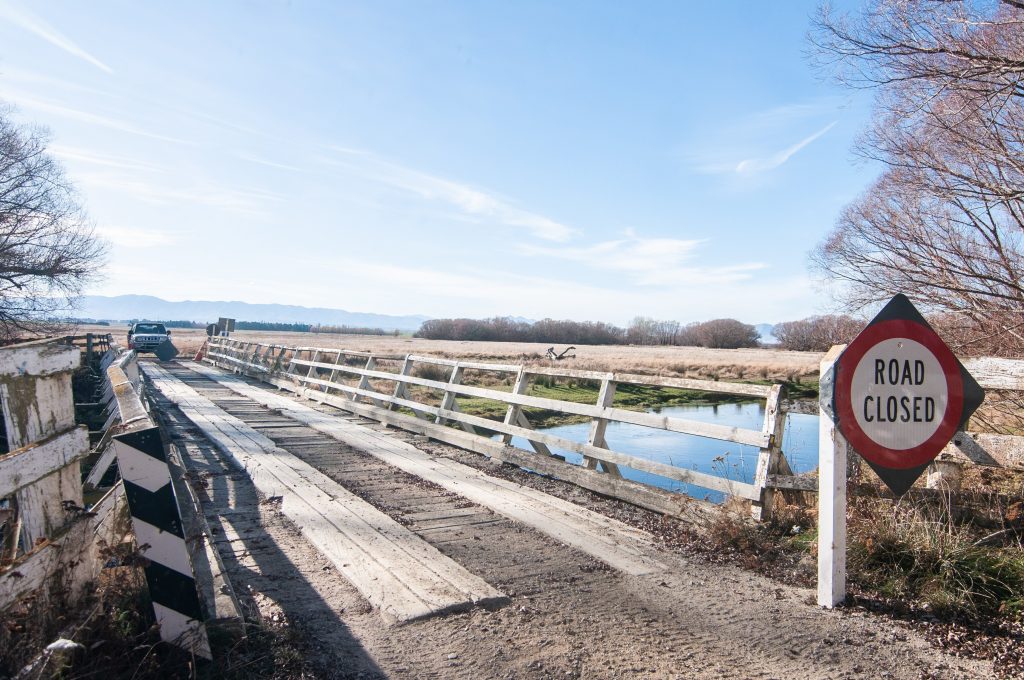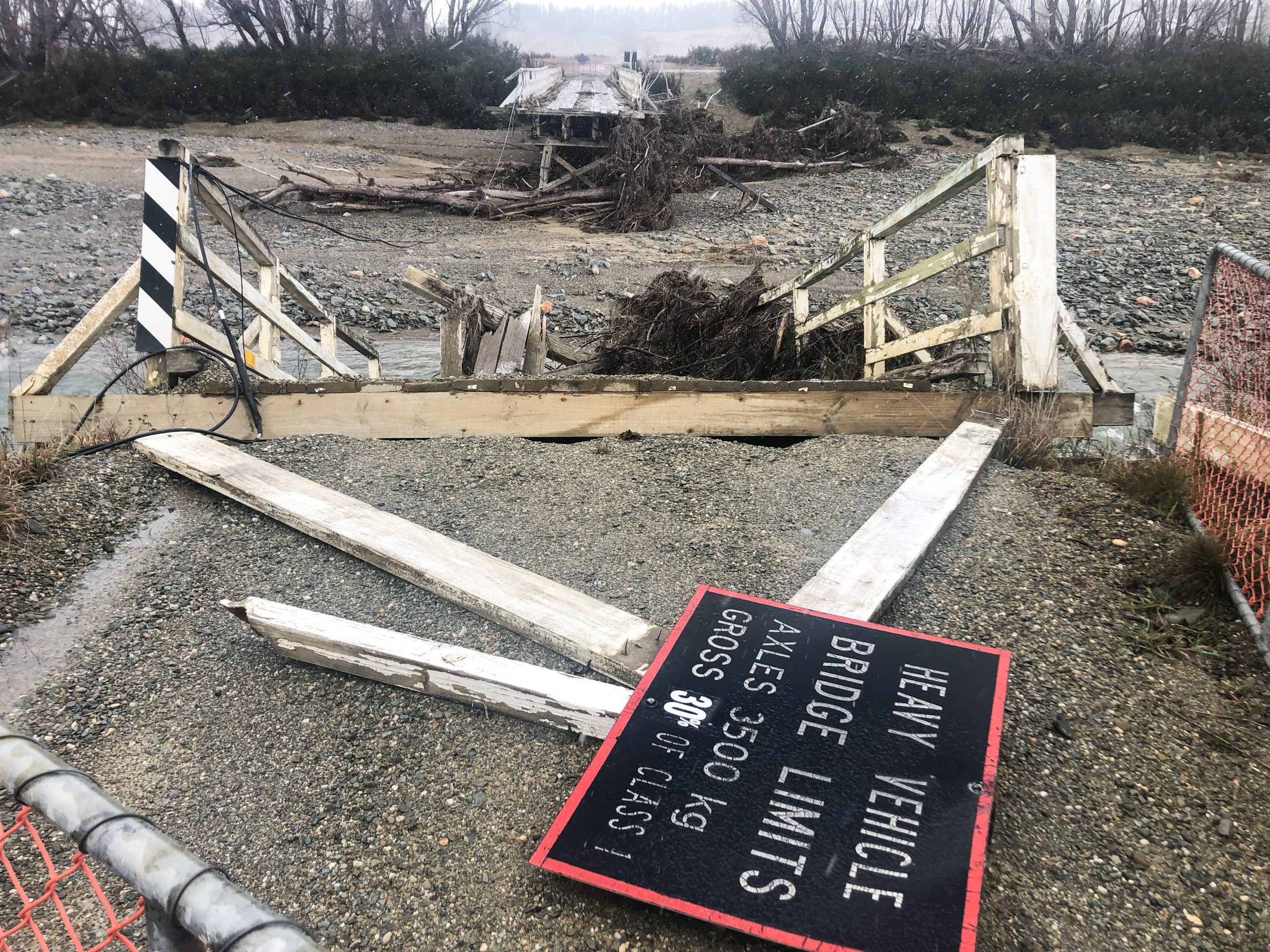MORE than a quarter of the bridges in Central Otago are at the end of their useful life and it will take up to $60 million to replace, the Maniototo Community Board heard last week.
Kyeburn resident Amie Pont addressed the board in the public forum at the monthly meeting on behalf of the area’s residents who have been without a bridge for nearly two and a-half years.
Scott Lane bridge over the Kyeburn River lost four of 13 sections of its span in flooding in January 2021. Following post-flooding inspections, Bridge 145 (Halls Ford) in Maniototo Rd and Bridge 160 in Linnburn Runs Rd were closed.
Ms Pont told the board the community had had no direct communication from the Central Otago District Council since their ‘‘vital link’’ was washed out.
They had not been advised the bridge would remain closed for a significant time, there had been no ‘‘respectful acknowledgement’’ of the impact on the community, nor were they offered any plans or options for the future.
‘‘Even three media articles gleaned no formal response.’’
Addressing the community board during the public forum was the only was to communicate with the council, she said.
Affected residents wanted direct communication from the council. While high wheelbase vehicles could ford the river, that was causing them to rust. Those who could not cross the river were forced to travel up to 18km extra each way on any trip.
Snow limited access in winter and there had been issues with emergency service access. One student had been forced to travel to school by car as a consequence due to the bus no longer being able to collect them.
No work had been done on the ford and the condition of that was deteriorating and giving concern. The 90-year-old bridge was of historical significance to the district, Ms Pont said. CODC infrastructure manager Quentin Penniall said he would address all questions raised. Councillor Stu Duncan said a ‘‘bow wave’’ was coming, as 47 of the district’s 174 bridges (27%) were at the end of their useful lives and deemed critical.

The council had been relatively poor at deferred maintenance 20 years ago. To replace like with like would cost $7 million over 10 years or $660,000 a year, Mr Duncan said.
He did not want to lay blame, but the council had not built a new bridge in the past 43 years.
He had attended a workshop where a report from Beca was presented. It would take $30 million to $60 million in the next 10 years to catch up.
‘‘The challenge is to start front-footing some of this. It’s going to affect long-term plans.
The council had to approve solutions Waka Kotahi New Zealand Transport Agency (NZTA) would fund.
If NZTA did approve work on a bridge it would fund 49% of the cost, which left the council to find the rest, Mr Duncan said.
Teviot Community Board was in a similar situation, Mr Duncan said.
Mr Penniall said that strategy document on prioritisation would go to the council for approval in the next three months, then go out for public consultation.
Ms Pont said waiting was not an option.
‘‘That could be three or four years. We need to do some mahi now on what we’ve got now and not wait for this strategy necessarily.’’
After the meeting, Cr Duncan said the criteria for deciding if a bridge would be replaced included if there was other access to an area, the amount of traffic that used it and access for emergency services.
Central Otago had a lot of old bridges designed for horse-drawn equipment, not 50 tonne vehicles. For each of the 30 to 40 bridges in need of replacement in the next 10 years the council had to put a case to NZTA and hope it met its criteria. The aftermath of Cyclone Gabrielle in the North Island meant the available funds was no less, he said.
‘‘Some of them are big bridges and quite influential.’’
How to address the cost would be dealt with in the council long term plan, Cr Duncan said.
‘‘We’re not on our own. I think the whole South Island is in exactly the same place.’’
In some cases, a reduced speed or weight limit may extend the life of a bridge.
It was not acceptable that there had not been a bridge built in 43 years ,but that was what happened in councils, he said.
‘‘That’s the hard part for the likes of myself and some of the younger ones on council. We’re dealing with someone else’s problem (deferred maintenance) that hasn’t been done, but there’s a lot of councils like that.’’
Councils had to prioritise spending and protect its assets, he said.
‘‘There are lots of things that come up. Whether it be arts or heritage or culture, all that comes up, but the fundamentals of what we do is really infrastructure.’’





